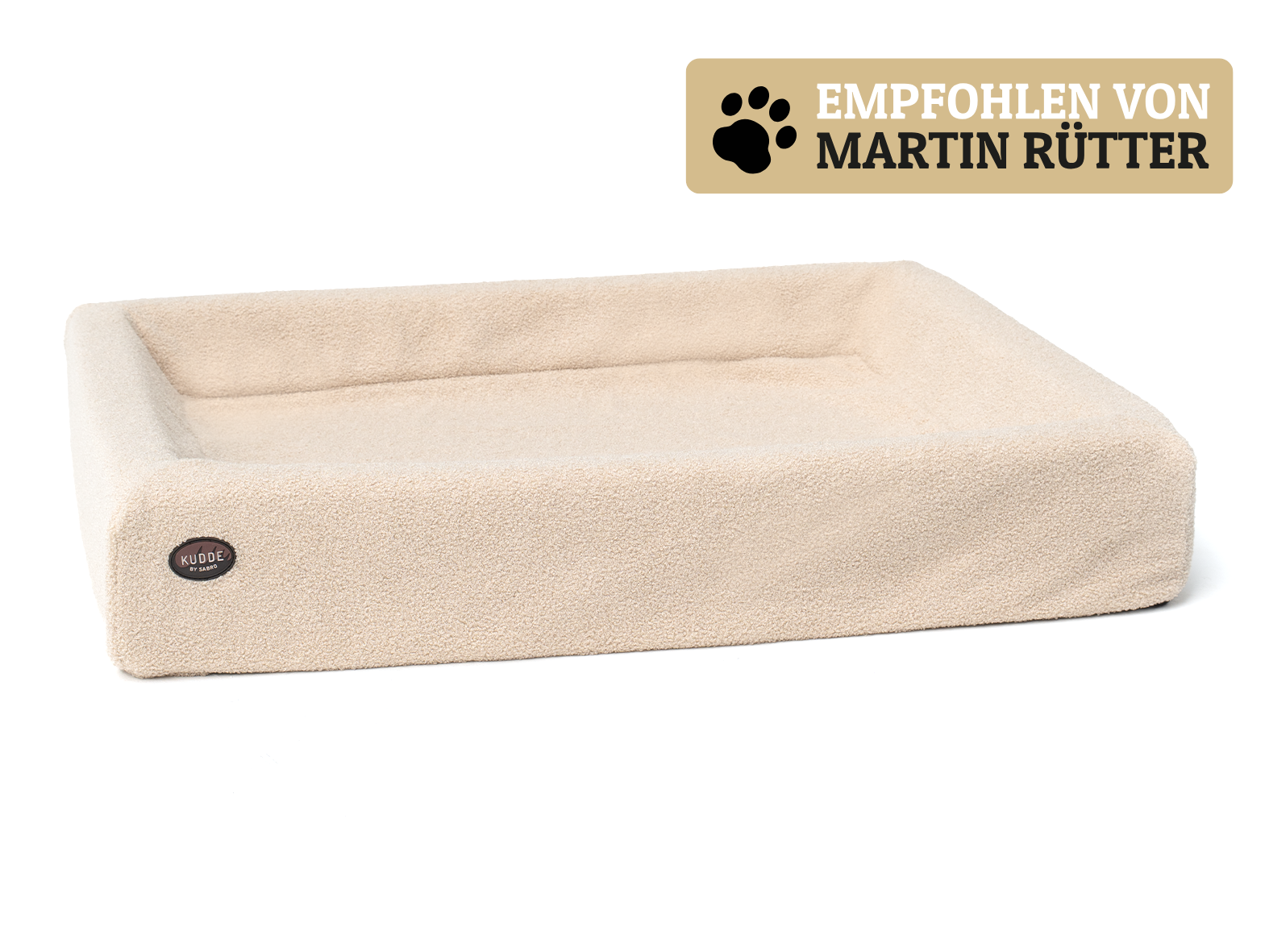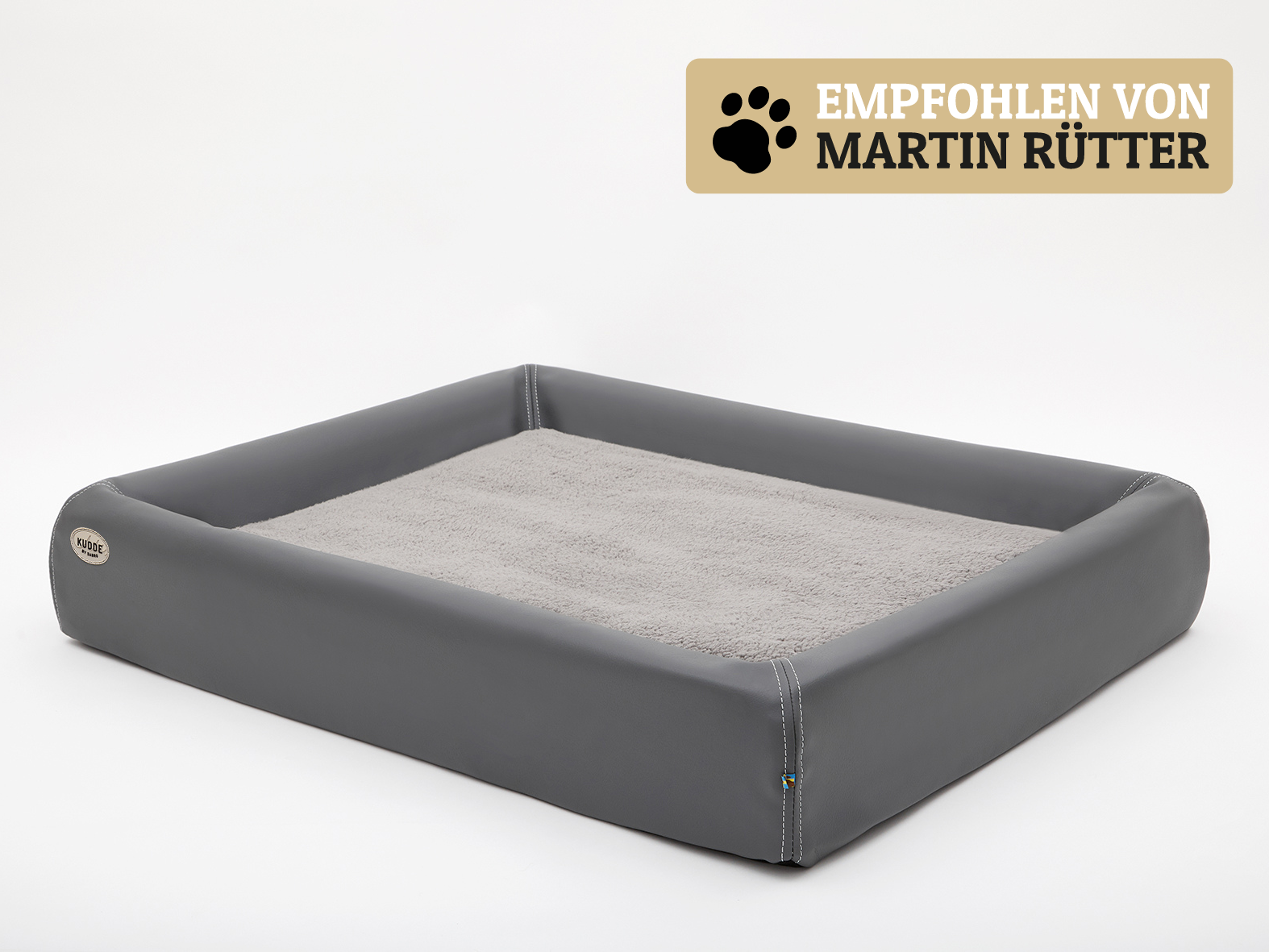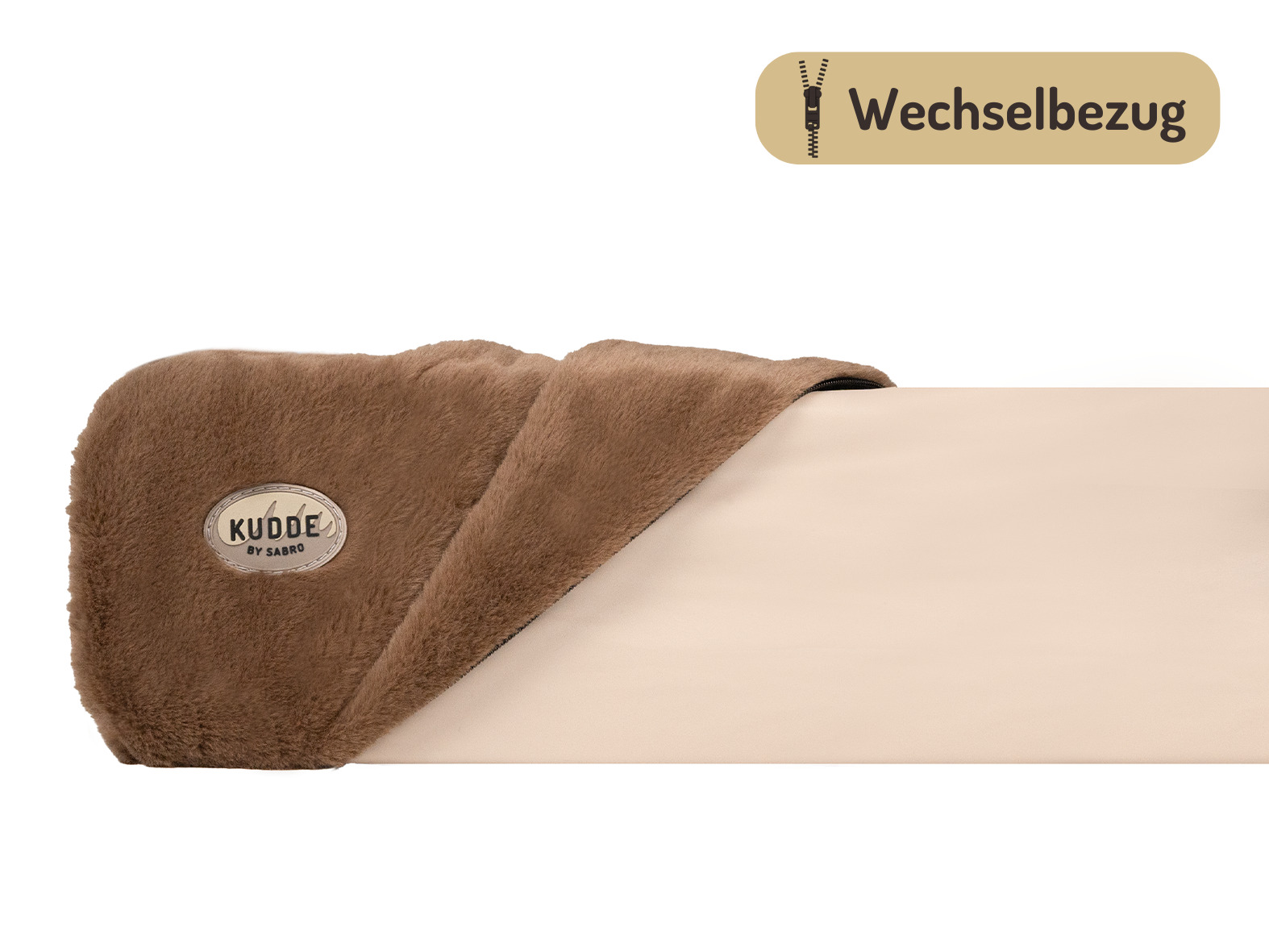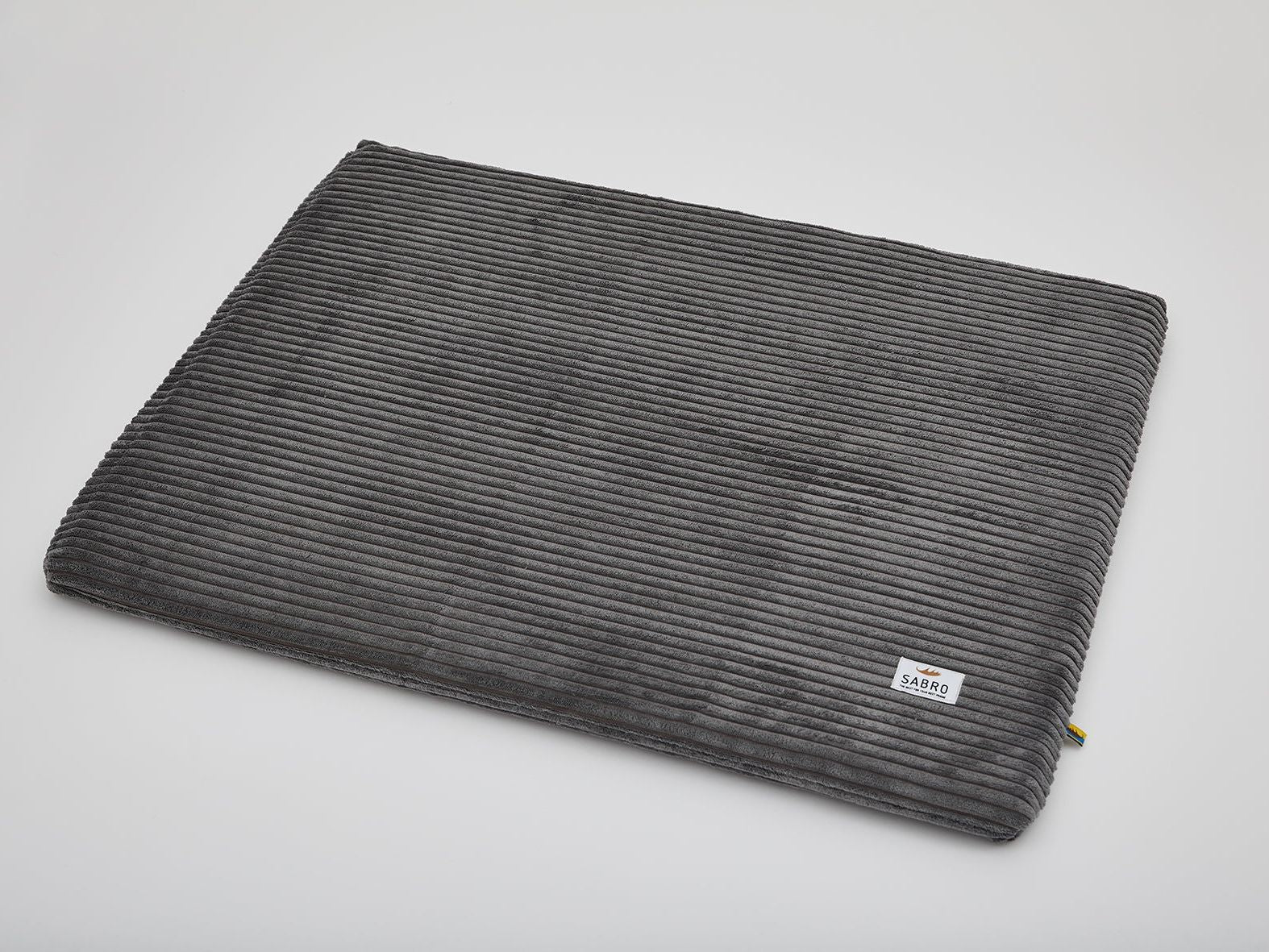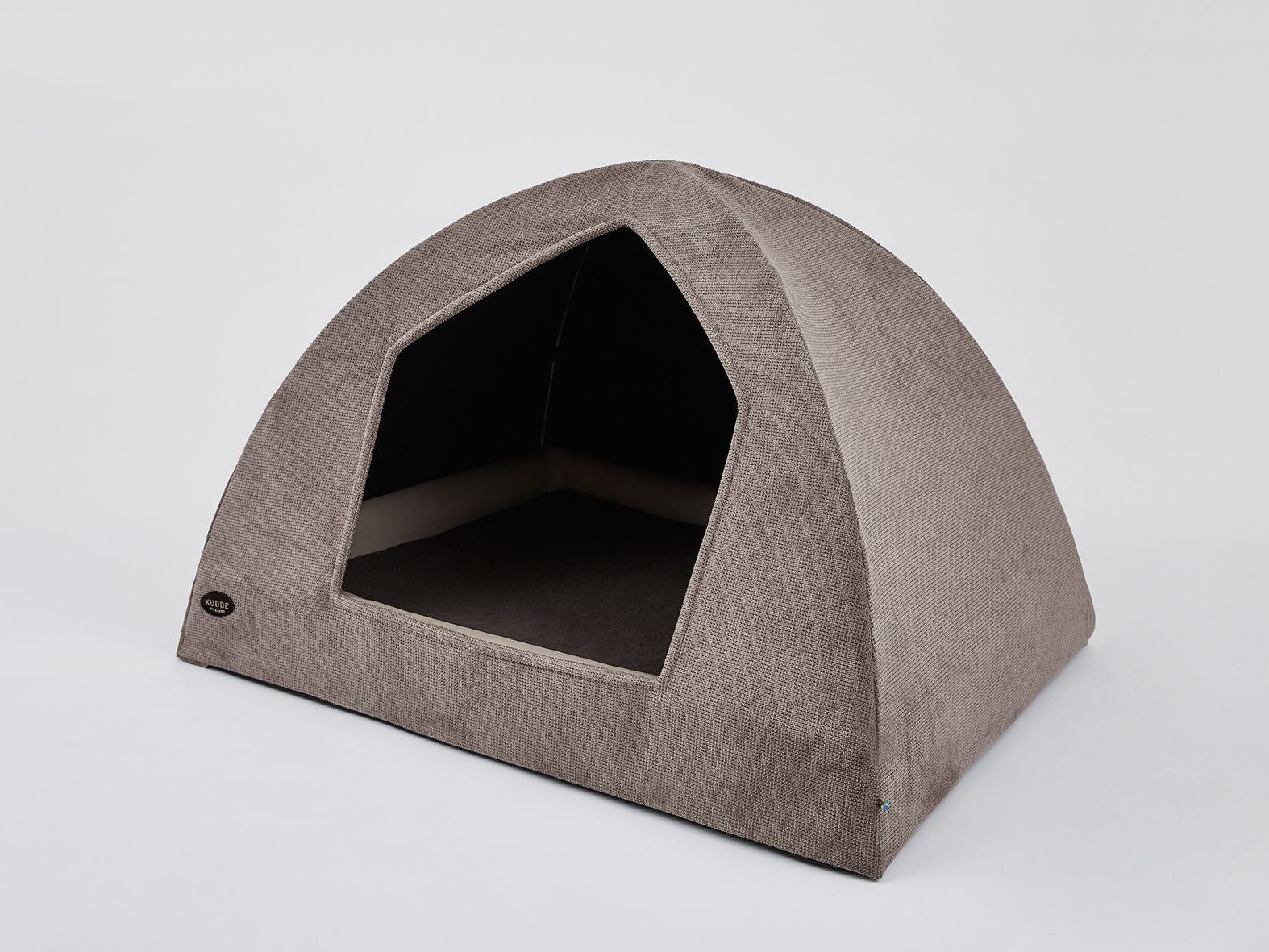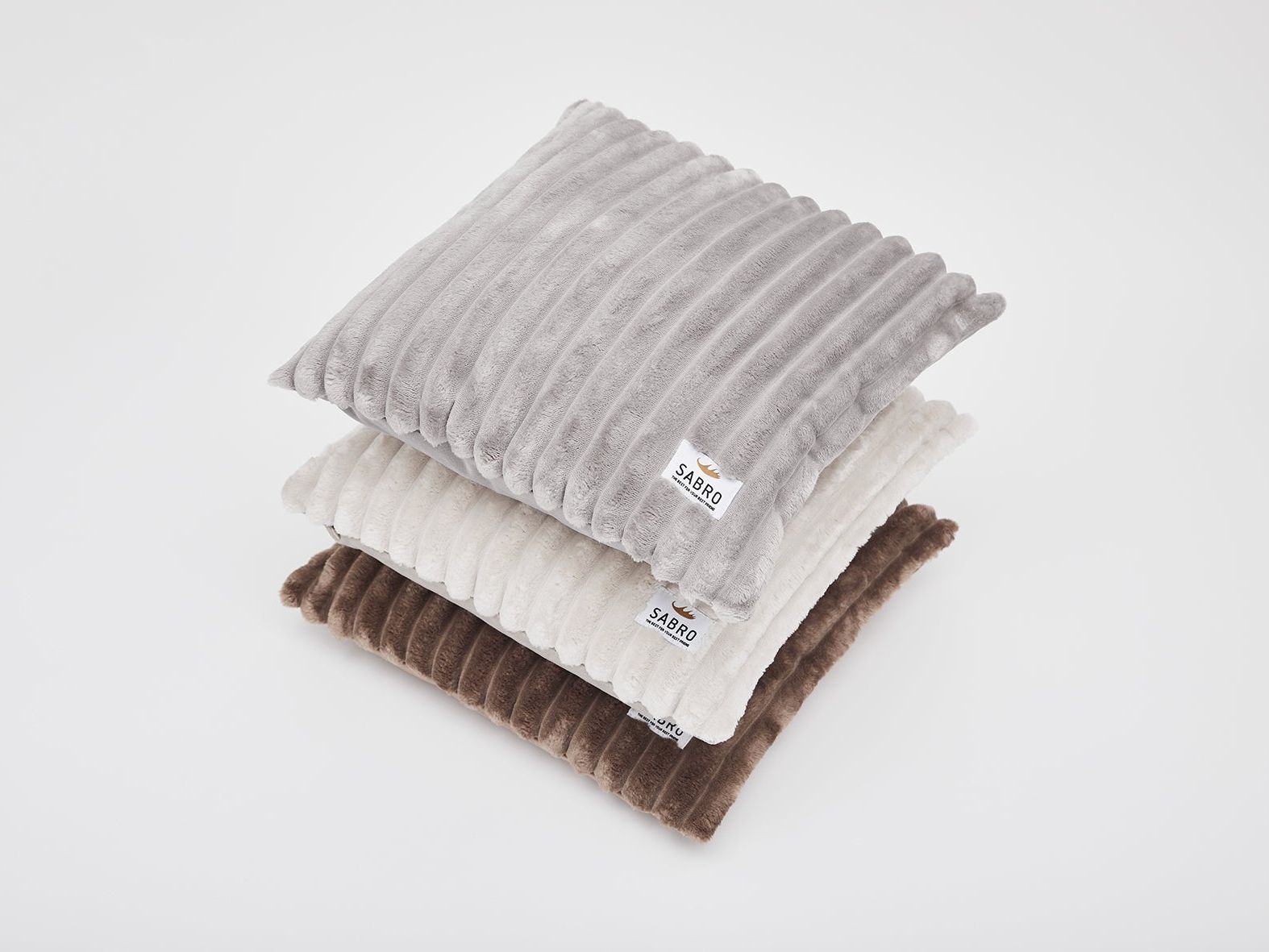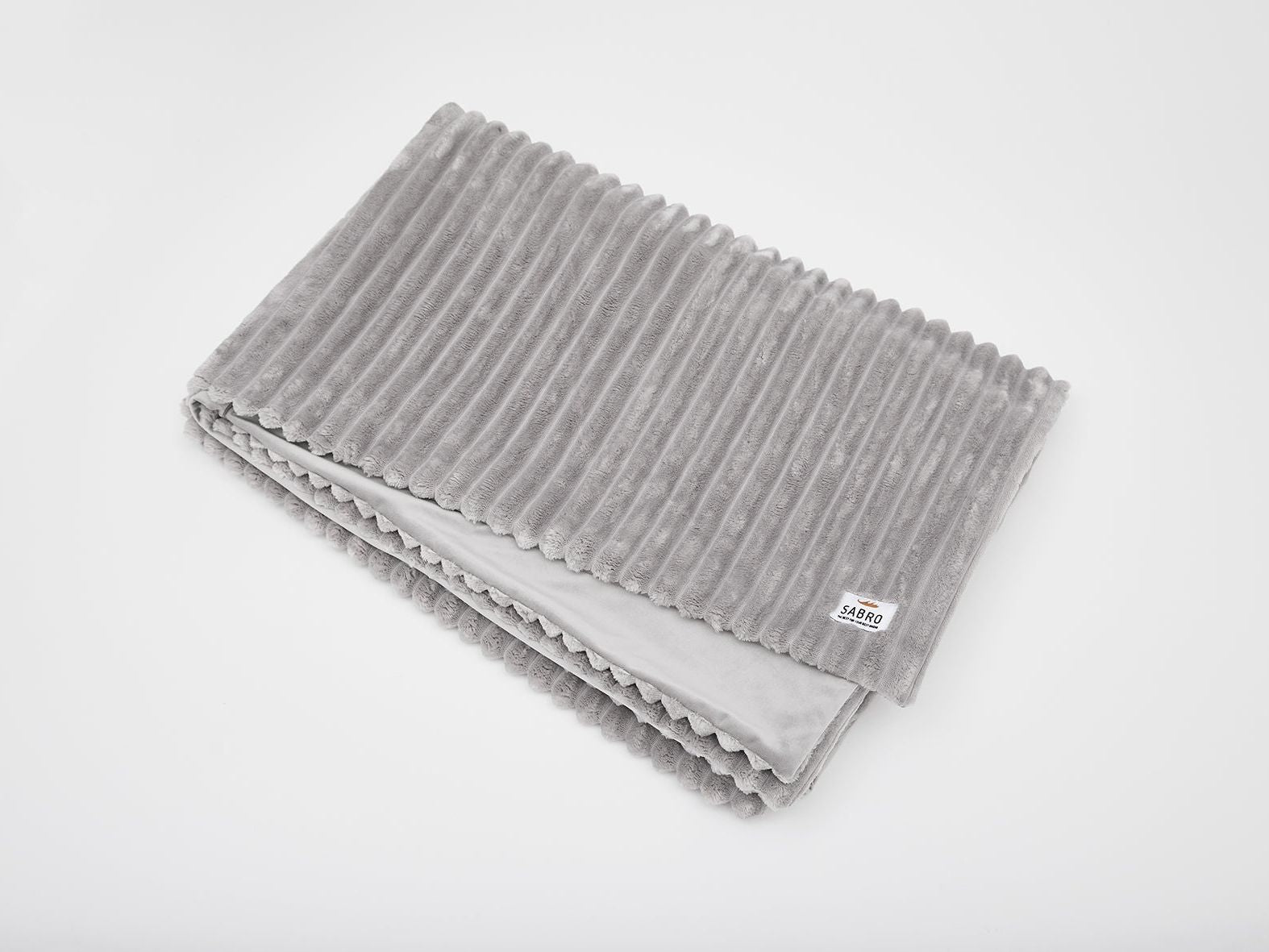Whether it's heavy snow in rural areas or snow and ice in the city, there are lots of things to consider when walking your dog in the cold season. Here we give you our tips on the following topics:
- How long should you stay in the snow with your dog?
- How do I recognize that my dog is cold?
- For which dogs is a dog sweater or paw protector recommended?
- Can my dog eat snow?
- What is the best way to care for my dog in winter?
- How do I remove road salt from my dog's paws?
Lots of questions, we have answers for you! So that the winter walk in the snow is a pleasure for everyone involved.
As a general rule, it is better to take several shorter walks than a few longer ones when it is snowing and the temperatures are low. This will prevent your dog from spending too long in the snow and freezing.
When do dogs get cold and how useful is dog clothing in winter?
Dogs are like us humans: everyone has a different sensitivity to the cold, one freezes faster, one slower. Nevertheless, it is possible to tell whether our four-legged friends freeze quickly by their breed or any illnesses they may have: Puppies, small dogs and breeds with short coats such as boxers and greyhounds, as well as old dogs, freeze faster than others. Dogs such as Chihuahuas, which actually come from warmer regions, are often not used to our temperatures and also cool down quickly. And if your furry friend suffers from health restrictions such as heart or joint problems or arthritis, he will also get cold quickly.
You can tell that your dog is cold by the fact that he is either shivering from the cold, seems cramped or that his movements are slower. If you notice these signs on a walk, it's time to return home, rub him dry properly and provide a warm pad - this will prevent bladder or lung infections.
If you also notice that your four-legged friend has a runny nose, seems lethargic, sneezes and coughs, he may even have caught a cold.
Dog coats, protective shoes and the like make perfect sense in snow and low temperatures
To protect your four-legged friend from freezing and illness right from the start, it is advisable to dress him in suitable dog clothing when walking in winter. On cold and dry days, for example, a dog sweater is the right support for your dog.
If it is a wet, snowy day, it is best to use a waterproof dog coat for your dog.
You can stick to this rule of thumb: If you notice that your dog starts to shiver quickly (on cold days), a dog coat, a dog sweater or a combination of both is usually a good idea. This way you can prevent health problems and your dog will last a little longer in the snow.
And what about your dog's paws? Especially when there is fresh snow, snow quickly collects there when you walk your dog. The result is that your dog limps or limps a little. If you notice this, you should remove the snow from your dog's paws by hand from time to time. You can also tell that your four-legged friend has problems with their paws by the fact that they keep holding their paws up.
Dogs' paws are generally quite sensitive, which is why prolonged walking on paths with road salt, granules or chippings or even sharp-edged ice can be unpleasant for dogs - and not just if your dog already has a minor injury to its paw. Even with healthy paws, foreign objects on the ground can cause small tears in the cornea or abrasion between the toes. What's more, your four-legged friend likes to lick its paws after a walk, so it also picks up road salt residue, which can lead to stomach problems.
Special shoes for dogs are suitable for protecting dogs' paws and pads in the snow. As the hind paws of most dogs are narrower than the front paws, you can get two shoes in a set from us - so you can fit the front and hind paws perfectly.
As a rule, and if you pay a little attention, your dog will manage without protective footwear when walking in winter. For example, choose forest paths for your walk that are not covered with road salt or similar to protect your four-legged friend's paws and pads.
You can find out more about the sense and nonsense of dog clothing in our blog post "Sense and nonsense of protective clothing for dogs".
Why dogs shouldn't eat snow
Yes, snowballs look like treats to a dog's eyes, so it's better not to have a snowball fight with your dog. What's more, if the snow is already contaminated, for example with road salt, which usually contains antifreeze, this can encourage your furry friend to eat snow even more, as the smell and taste of the snow will tempt him to do so. It is therefore important that you always keep an eye on your dog during a walk in winter and, if necessary, stop them from eating snow.
What to do if the dog has already eaten snow?
Make sure your dog's diet is gentle on the stomach, for example with cooked rice and a little chicken, and only allow your dog to drink room temperature water or lukewarm tea, such as chamomile or fennel. If there is no improvement after two days, be sure to see your vet.
Unfortunately, it can of course still happen that you are not quick enough and your dog already has a snowball in his mouth. As many dogs do not tolerate snow and ice water particularly well, they usually develop gastrointestinal problems such as abdominal pain, diarrhea or vomiting and, in the worst case, so-called snow gastritis - an inflammation of the stomach lining which, in addition to the aforementioned symptoms, can also be accompanied by fever and coughing as well as traces of blood in the feces or vomit.
When treating gastrointestinal problems or snow gastritis, you should make sure your dog's diet is easy on the stomach: boiled rice and a little chicken are ideal. In addition, only allow your dog to drink water at room temperature or lukewarm tea, such as chamomile or fennel.
Important: If there is no improvement after two days, be sure to see your vet!
The best care for dogs and dog paws in snow
As already mentioned, if you notice your dog limping in the snow, clean his paws from time to time so that he can walk properly again. However, paw care is also very important after walking your dog in winter:
- BEFORE every walk, you should apply a greasy cream such as shea butter or milking fat to your dog's paws - but please avoid petroleum-based Vaseline.
- AFTER the walk, rinse all your dog's paws at home with warm water and remove any granules, lumps of ice etc. with your fingers - pay particular attention to the spaces between the paws! Very long fur between the paws can be shortened slightly with scissors so that ice and road salt can no longer stick to it so easily.
- Then dry everything carefully with a towel.
- Examine the bales for cracks and treat them with a healing ointment if necessary.
If your dog has been outside in deep snow or wet conditions, dry his entire coat thoroughly, especially the sensitive undercoat. A standard towel often reaches its limits, so there are special towels, such as our BUDDY dog towel, which absorb moisture more quickly and effectively.
Now it is important that your dog has a dry and warm place to rest that is also protected from draughts. In the cold season, it is advisable to give your dog a warm dog blanket if necessary. Especially after a walk in the snow, your four-legged friend can snuggle up in these fluffy blankets and warm up again.
Grooming is also important in winter. This is not about shortening the coat, as it is supposed to protect against the cold, but about removing tangles. Why is this important? Nodules and tangles do not insulate well against the cold and do not protect against moisture in the same way as smooth, felt-free fur does.
Short & sweet: our top tips for walking and dogs in the snow
- Don't stay out too long with your dog in the snow and cold, don't make him wait too long outside the supermarket and rather shorten the walk to several shorter walks. This way, your dog will get the exercise it needs but still stay healthy.
- Keep your dog moving in the cold and snow to prevent chilling - if appropriate (due to breed, coat, age or illness) use a protective dog sweater or a dog raincoat. With or without dog clothing, if your dog is already shivering, it's time to go home.
- Make sure that your dog refrains from eating snow so that it does not catch an inflammation of the stomach lining - diarrhea and vomiting are then the result. If your four-legged friend does get snow gastritis and it lasts longer than two days, visit your vet.
- If you are out and about on paths with a lot of ice and road salt, make sure you put your dog's paw protection shoes on or thoroughly clean their paws with warm water after a winter walk.
- Rub your four-legged friend dry well at home with a suitable dog towel and make sure that he lies in a dry, draught-free and comfortable dog area (with a warm dog blanket) afterwards.
- After walking your dog in winter, make sure you take care of the coat, especially for long-haired breeds, and remove any tangles.
What experiences have you had in the cold season with snow and cold, snow gastritis and paw care in winter? Do you have any tips for other dog owners? Then we look forward to your comment.


